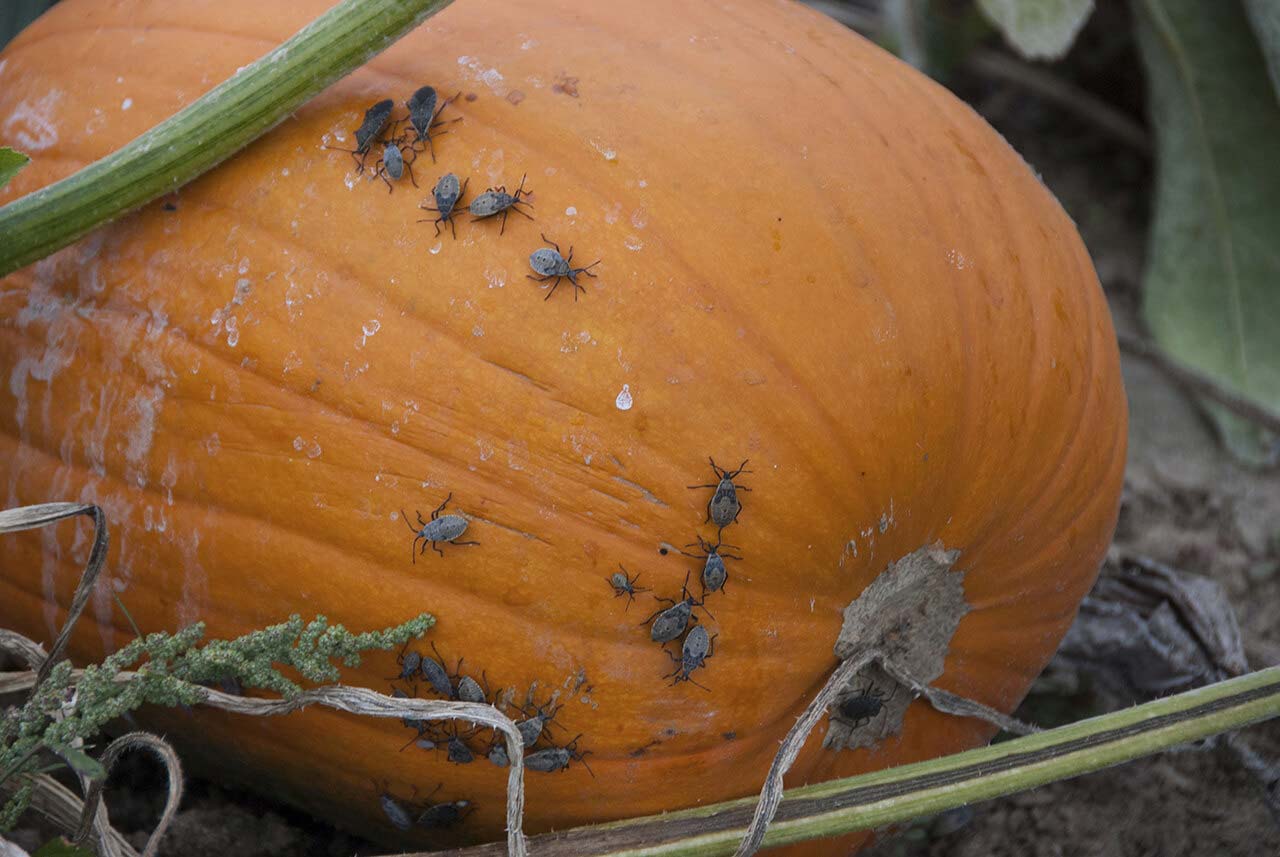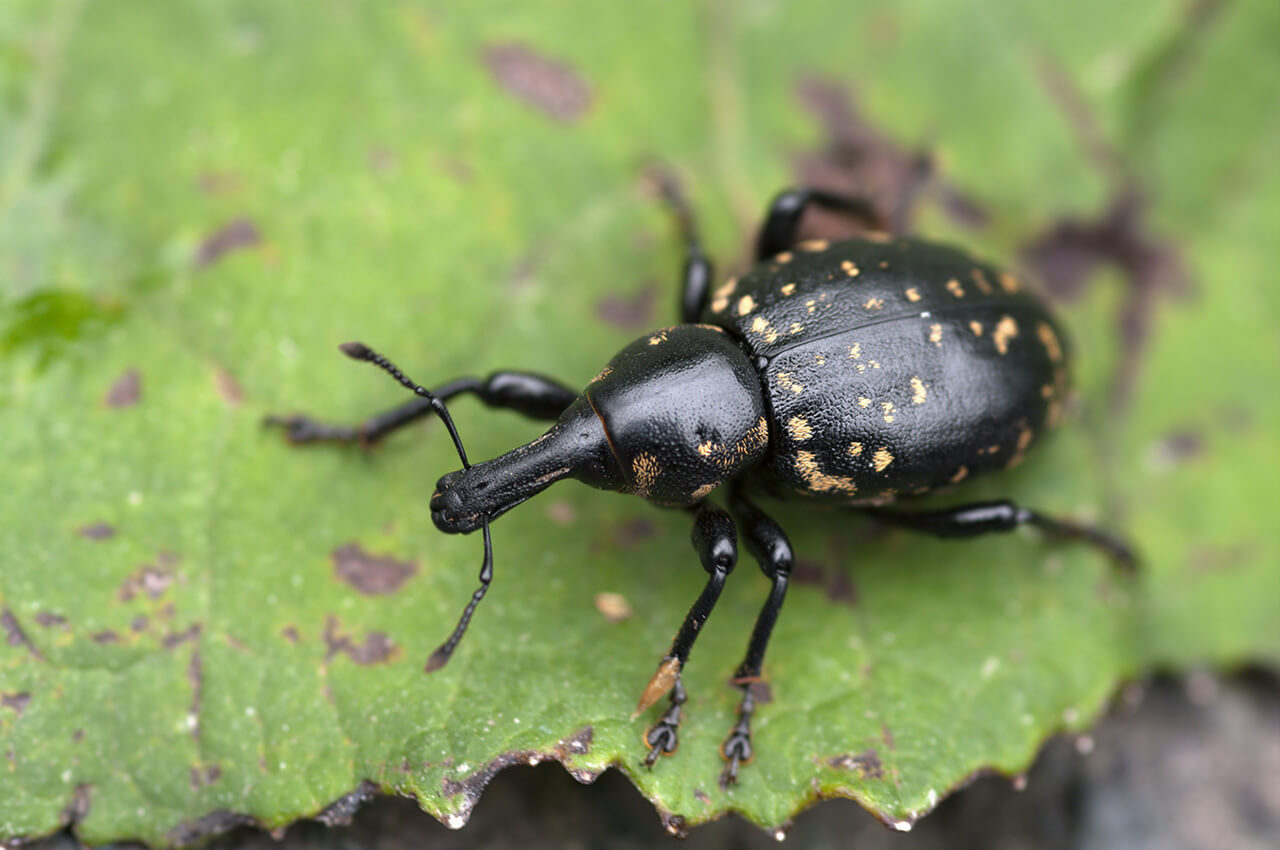Common Summer Pests of the South
The South's warm summer days and nights bring abundant plant growth, which provides ever growing feasts for a variety of hungry pests. The following invaders are known for coming out in droves during the warmest months.*
CUCUMBER BEETLE
This eye-catching insect comes in a variety of striking color combinations, including green with bright yellow bands, and orange with black spots, stripes or bands. This pest is extremely harmful to vegetable plants — especially young plants— in the gourd family, including cucumbers, melons, squash and pumpkins.1 The cucumber beetle transmits bacterial wilt that is deadly to plants and can decimate entire crops.
- Designation: nuisance and harmful
- Remedy: Protect young crops by covering them with spunbonded polyester row covers, which create a barrier between the plants and the cucumber beetle. Once the plants begin flowering, remove the row cover so they can be pollinated. You can also remove and kill the beetle by hand.

SQUASH BUG
This brownish-black bug has a flat back, wings, and measures about 5/8 inch long. The squash bug's young, known as nymphs, are white to gray in color and have black legs. The adult bug feeds on squash plants and fruit, while its young feeds on roots. Leaves attacked by this pest wilt and become brittle.1 The squash bug tends to hide beneath damaged leaves and in nearby groundcover.
- Designation: nuisance and harmful
- Remedy: Early detection and treatment is preferable, as the squash bug can destroy entire crops if left untreated. Use the newspaper trapping method described above to take advantage of this pest's secretive nature.

SWEET POTATO WEEVIL
In adult form, this black and dark red or brown insect is 1/4 inch long and has a pronounced snout. The larva of this weevil is 1/3 inch long, white and legless with a dark head. The adult weevil feeds on the foliage of sweet potatoes, but does little damage compared to its larva. Throughout the southern United States, sweet potato weevil larva is the most destructive pest of sweet potato vines, weakening plants by eating roots and causing the resulting sweet potatoes to have a bitter taste.2
- Designation: nuisance and harmful
- Remedy: Prevent weevil infestation by buying weevil-free seed potatoes. To make it more difficult for weevil larvae to tunnel their way into sweet potato vine roots, mound soil around the base of sweet potato stems.
* For a quick remedy for all these listed pests, treat with the wide-reaching Amdro Quick Kill Insect Killer for Lawn & Landscape Ready To Spray.
Amdro Quick Kill is a registered trademark of Central Garden & Pet Company.
1. Joey Williamson, "Cucumber, Squash, Melon & Other Cucurbit Insect Pests," Clemson University Cooperative Extension, March, 2014.
2. S. E. Webb, "Insect Management for Sweet Potatoes," University of Florida IFAS Extension, June 2013.




